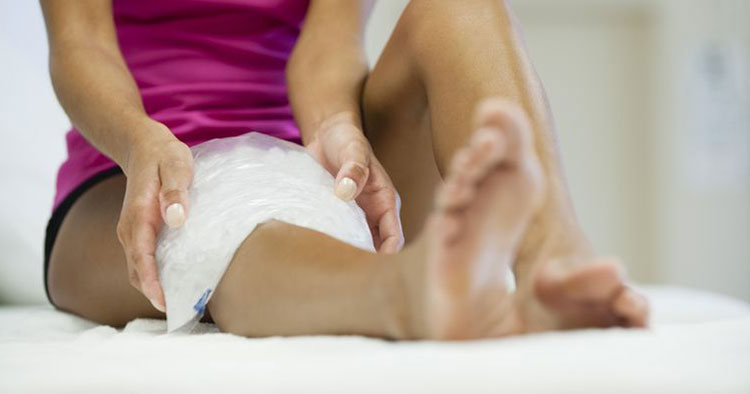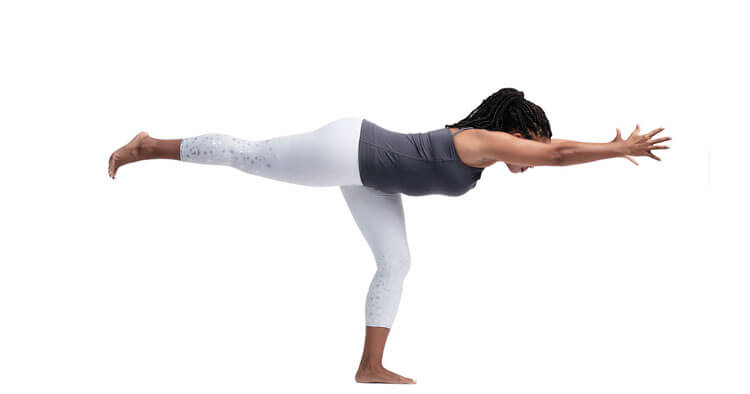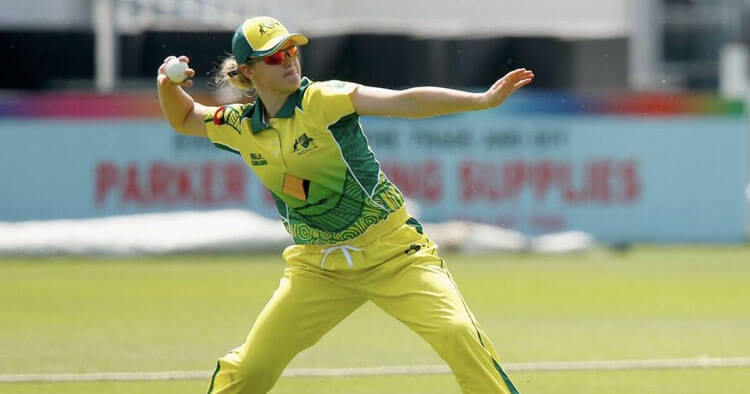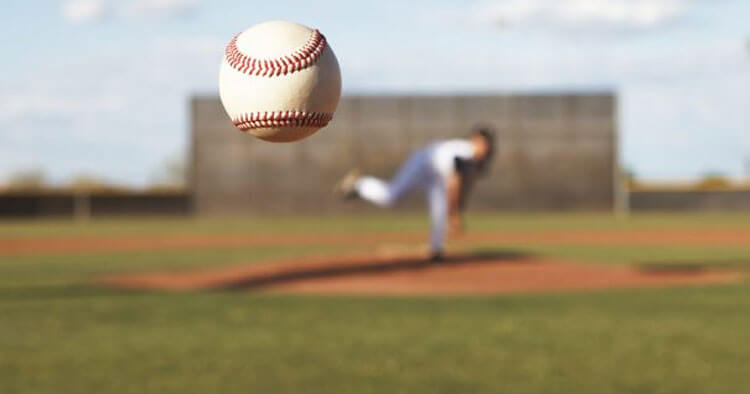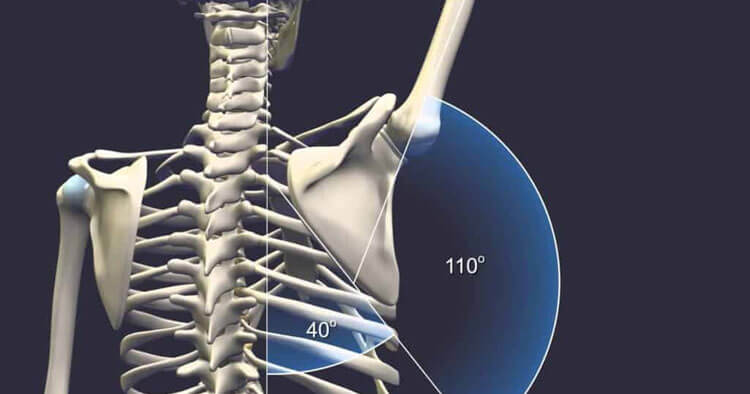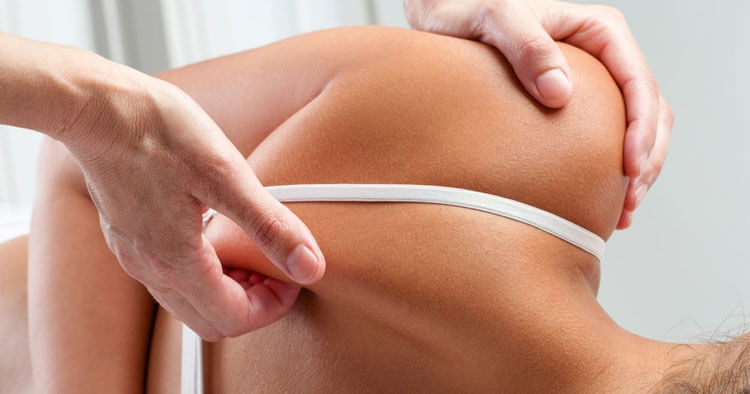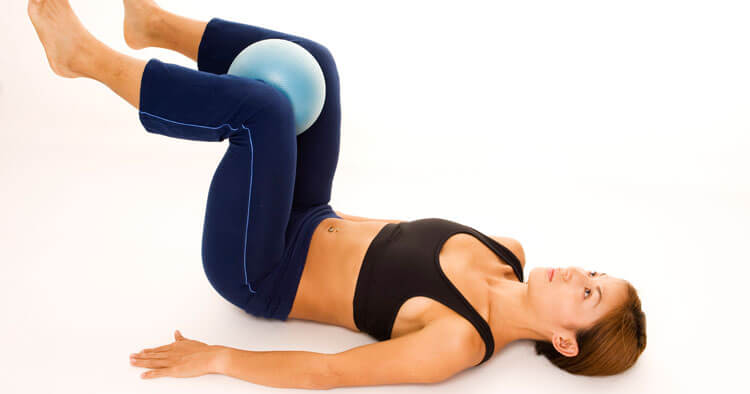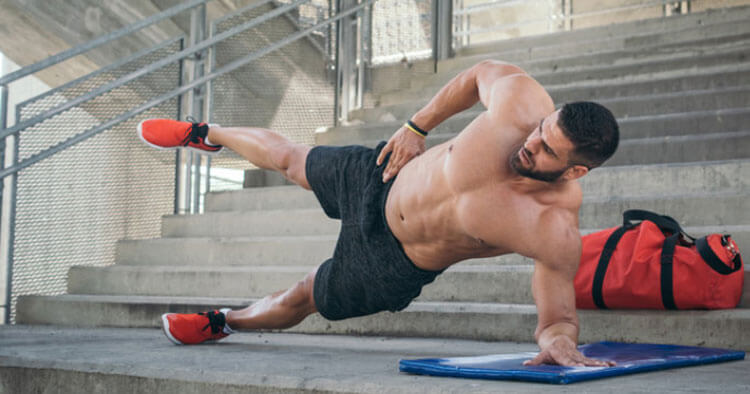Gluteus Medius: A Valuable Pelvis And Lower Extremity Stabiliser Like gluteus minimus (often referred to as simply glute min) gluteus medius (glute med) is located on the lateral aspect of the upper buttock area and is a broad fan shaped muscle narrowing towards its insertion. Along with glute min it is functionally an important muscle… Read More >
Category Archives: Injury Rehabilitation and Training
Addressing Underlying Risk Factors And Pathology The Key Pes anserinus tendinopathy and pes anserine bursitis are conditions commonly associated with obesity and osteoarthritis (OA) of the knee. The condition is also recorded as being more common amongst females, considered most likely to be due to that fact that anatomically women have a wider pelvis which… Read More >
What Is Proprioception Often referred to as your sixth sense, proprioception is your body’s powerful connection between sensation and movement and it is a sense that is hard to appreciate until lost. The presence of proprioceptors in our body and therefore the existence of proprioception gives the ability to accurately touch the tip of our… Read More >
Why Do I Have Terrible Balance? Ever noticed how some people are better than others at balancing on one foot? With eyes closed, an individuals ability to remain balanced while standing on one foot varies dramatically I see this all the time in my Sydney physio practice. A large part of this is that different… Read More >
Evaluation Of A SICK Scapula When assessing for a SICK scapula the affected shoulder will appear to be sitting lower than the other side often easily seen when viewed from both the front or back (often this shoulder posture is referred to as being “dropped” or “drooping”). As well as appearing “dropped” the shoulder blade… Read More >
Scapular Dyskinesis And The SICK Scapula Scapulohumeral rhythm refers to the coordinated movement that occurs between the scapula and humerus. The coordination of the movement between the shoulder blade socket and the ball of the humerus is necessary with movements of the upper limb and crucial with overhead pushing and pulling activities (such as performing… Read More >
What Is The Scapula? Your scapula (often referred to as your shoulder blade) is the triangular shaped bone that sits on your back at the rear of your shoulder. The shoulder blade is attached to the body only through its attachment to the clavicle (your collarbone) via the acromioclavicular joint (often shortened to being called… Read More >
Scapular Winging And Scapulohumeral Rhythm Scapular winging, also referred to as a winged scapula, is a condition affecting the shoulder blades (a bone of the shoulder anatomically referred to as the scapula). The name of this condition comes from its appearance, in which the scapula have a wing-like resemblance. Where an individual presenting with scapular… Read More >
How Long Does It Take To Recover Following An Adductor Strain A number of factors influence the recovery time of an adductor strain, not least of all degree of injury and the physical requirements of a full return to play. Other factors impacting a return to play following a groin strain include: Pre-injury fitness and… Read More >
Diagnosis Of A Groin Pull Landing on a diagnosis of a groin strain, groin pull, pulled groin whatever you want to refer to it as requires taking a short history of the onset of pain and it’s behavior. Doing so allows the practitioner can understand what the individual did that they feel led to the… Read More >



